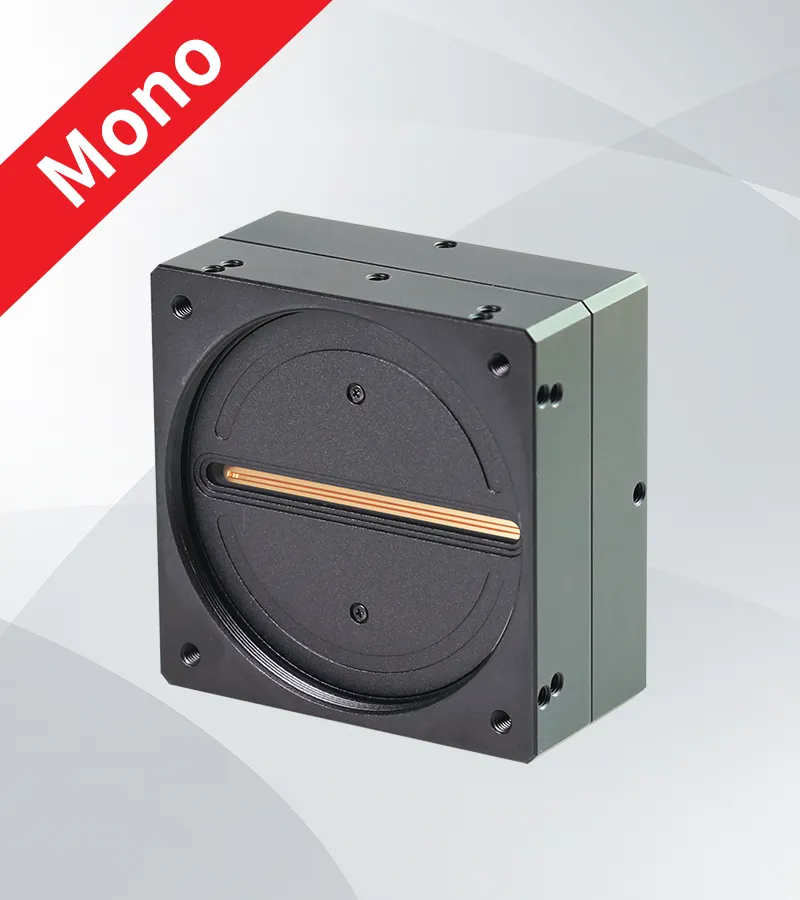Selecting a high-quality small industrial camera — What is best for you? Resolution is one of the first-discussed factors. The resolutions of small industrial cameras are generally between 1 and 12 megapixels. On the other hand, if you need to perform close-up inspections like in electronics manufacturing will be great having at least 5 megapixels. Lower resolution cameras, for example 1 or 2 megapixels may be adequate for some applications such as monitoring conveyor belt systems, but these would miss out on smaller defects.
Another important factor is frame rate. When you are trying to image fast moving objects as is often found in high-speed production environments like automotive assembly lines, we suggest using a camera with 60 frames per second (fps) or higher. A frame rate of 30 fps might be perfectly suitable if you are developing a non-speed-critical application like static inspection in pharma packaging. Choosing the perfect balance of resolution and frame rate allows for optimal performance, efficiency in your industrial process.
Which type of sensor the camera uses largely influences image quality and performance. The majority of small industrial camera have either CMOS or CCD sensors. These characteristics make CMOS a common pick for lots of automated systems due to it being faster and requiring less power. CCD sensors, on the other hand, are more common in applications where high image quality and low noise is needed, like medical imaging or scientific research.

Dimensions and Weight:Debatably two of the most important points to consider is how big the performance monitor is and how much it weighs, as you may have limited room. The camera is less than 30 mm in width and weighs less than 100 grams, allowing it to be easily integrated into compact machine vision systems or embedded into robotic arms. The net effect is that less weight on moving parts, cameras in most cases now used without optical lens, and a longer life system with far less maintenance.
Price is a very important element in the end. According to a 2022 poll, 70% of manufacturers prioritize cameras with the best compromise between performance and cost. Prices for very high end models might be as much as $2,000, but smaller industrial applications can get by with a camera that costs somewhere between $300 and $1,000 without losing lots of features.
The exact smallindustrial camera will differ according to your price range, and the best one is the one which works very well situated your budget including meets your specific technical constraints (Dr. Mark Rosenfeld, leading industrial automation powered manufacturer). Something as simple (or innocuous?) as the size, speed and quality of an image from a camera in say — a robotic vision system will define whether this part of a production line is efficient, or will mean costly downtime.
Connectivity should also be taken into account when it comes to selecting a camera. USB 3.0 cameras, for example, can transfer data up to 5 Gbps instead of the limited 480 Mbps of USB 2.0 cameras. For high-resolution images or real-time monitoring systems faster speeds are needed.
To balance the three priorities of performance, size and cost together with level of ease in implementation the compact industrial camera is a confirmed solution for carrying out reliable operations across an array for different industrial environments.